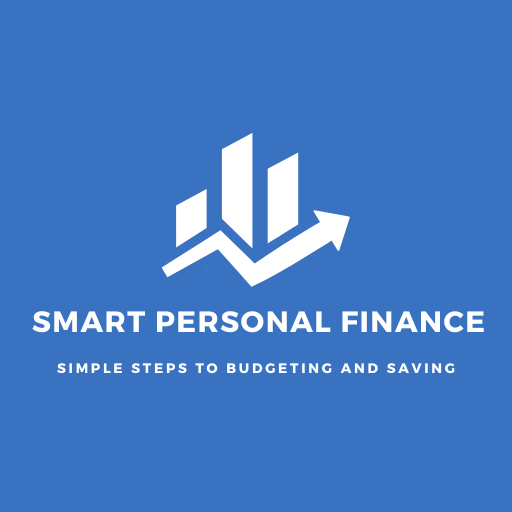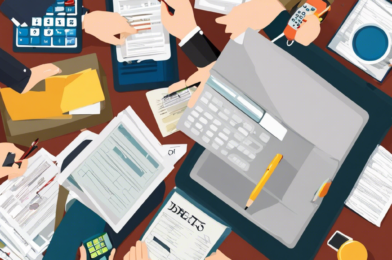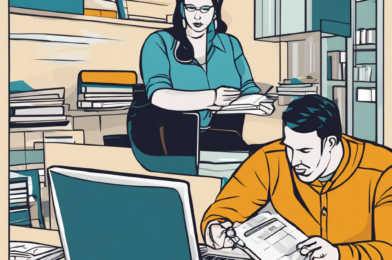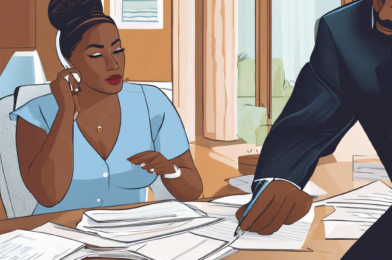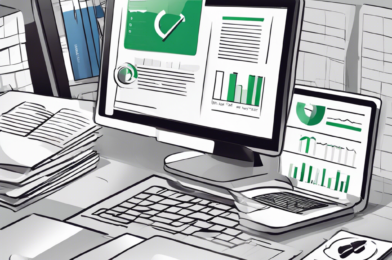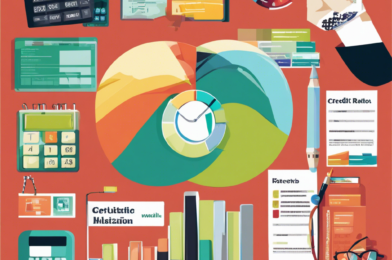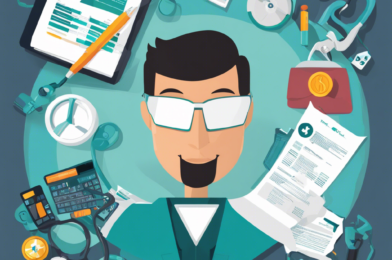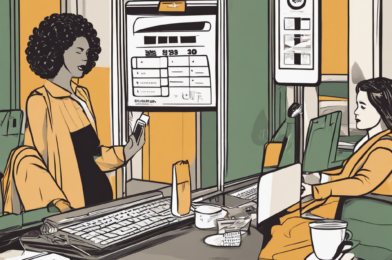Building credit is an essential step towards financial stability and independence, but it can be challenging to do so without accumulating debt. Many people worry that the only way to establish a credit history is by borrowing and spending, which may lead to long-term financial struggles. However, there are numerous strategies to craft a solid credit profile while keeping debt at bay. In this article, we’ll explore practical ways to build credit without falling into the debt trap.
One effective method is to become an authorized user on someone else’s credit card. This approach is especially useful for young adults who can be added to a parent’s or guardian’s credit card account. By doing so, you can piggyback on their credit history, provided they have a good credit standing. Ensure that the primary cardholder has a history of paying their bills on time and maintaining a low credit utilization ratio. This strategy can help you establish a credit history without requiring you to take on any direct debt.
Another popular option is to apply for a secured credit card. These cards are specifically designed for people with little or no credit history. Secured cards require a cash deposit that typically becomes your credit limit. By using this card responsibly and paying your bills on time, you’ll gradually build a positive credit history. After a period of consistent on-time payments, you may be eligible to transition to an unsecured card or receive your deposit back.
Consider applying for a credit-builder loan, a lesser-known but equally effective way to build credit. Credit-builder loans are typically offered by credit unions or community banks and serve the sole purpose of helping you establish a credit history. With this loan, the lender holds your borrowed funds in a savings account while you make payments. Once the loan is repaid, you receive the funds. This approach allows you to build a positive credit history while also saving money.
Lastly, remember that building credit takes time. Avoid the temptation of applying for multiple credit accounts in a short period, as this may signal financial distress to lenders. Instead, focus on establishing a consistent payment history with one or two credit accounts and maintaining a low credit utilization ratio.
